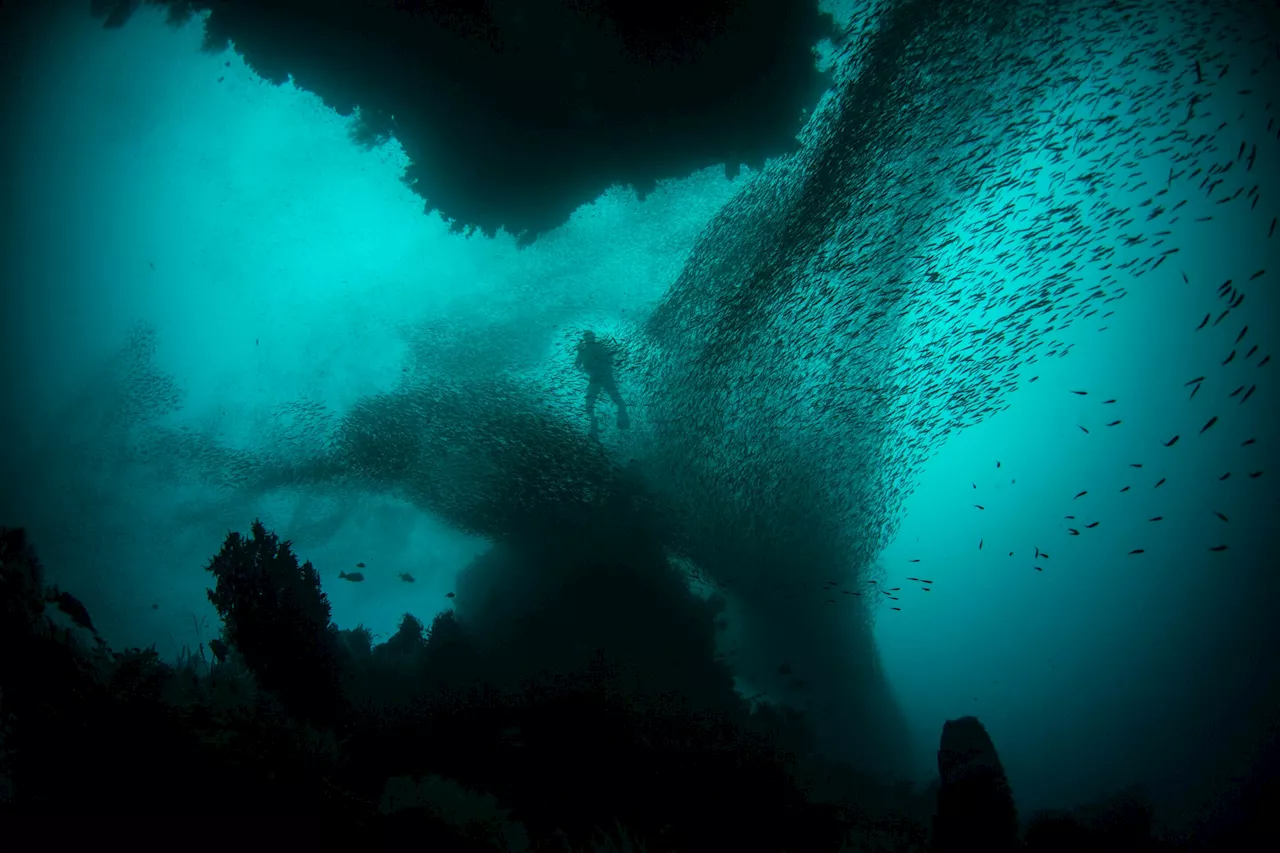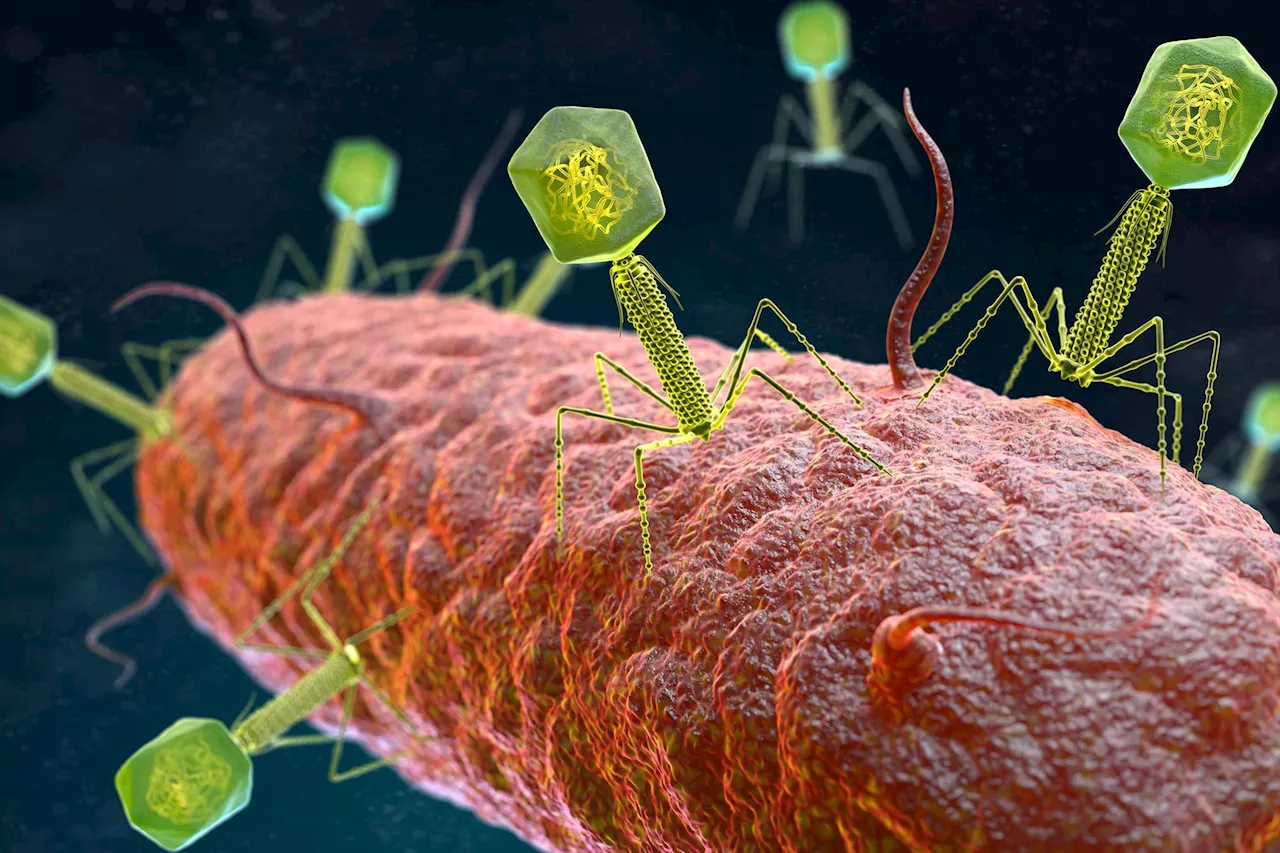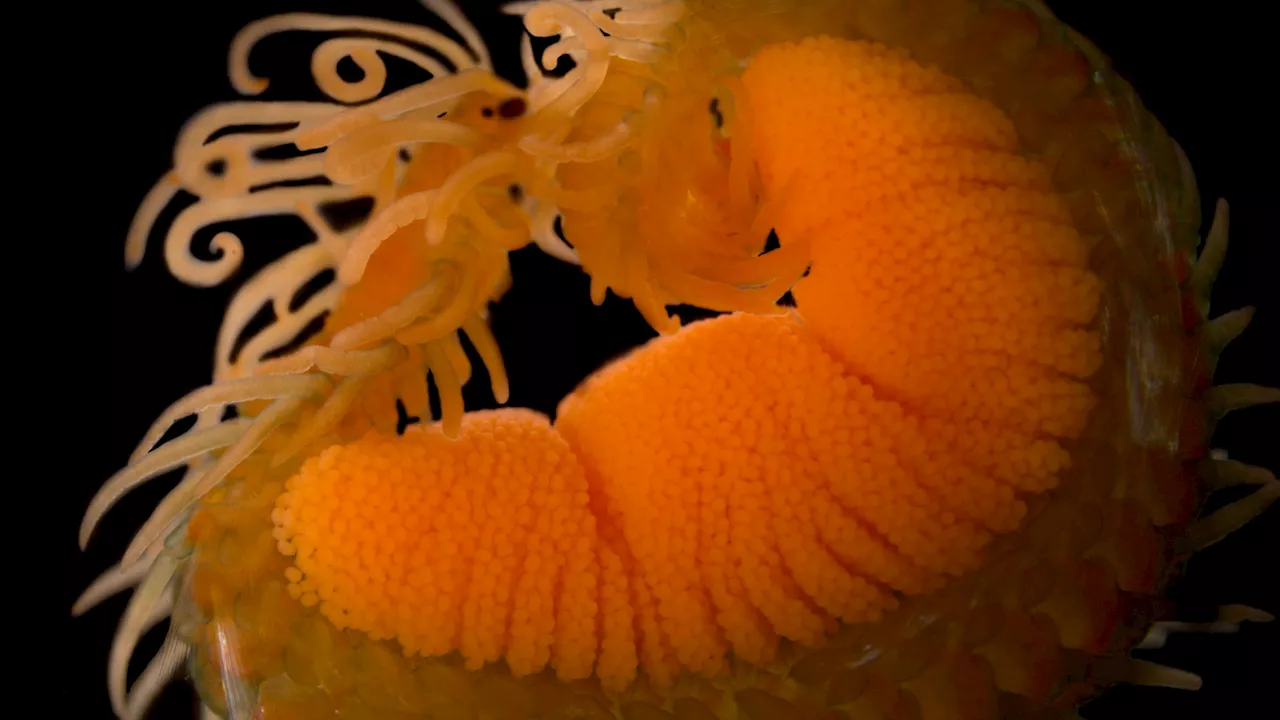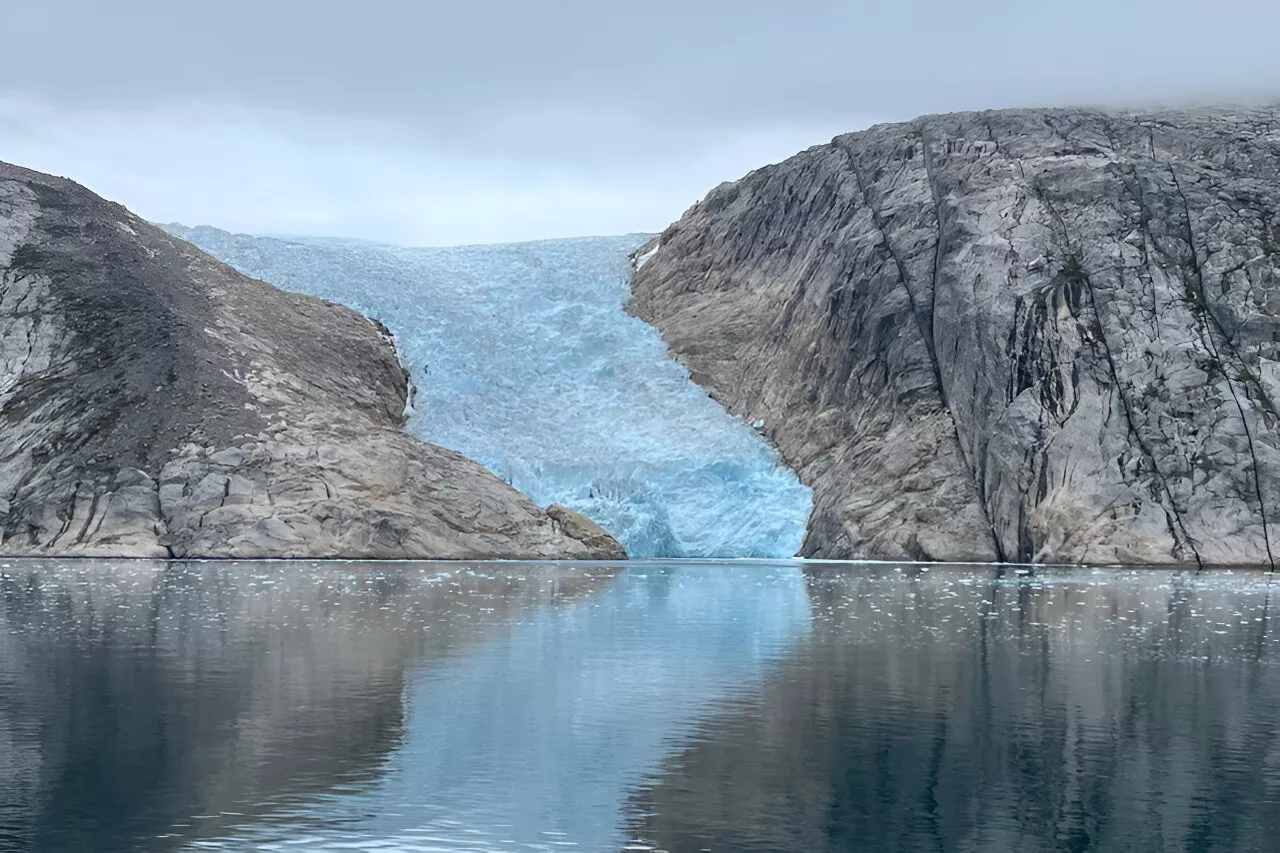As they seep and calve into the sea, melting glaciers and ice sheets are raising global water levels at unprecedented rates. To predict and prepare for future sea-level rise, scientists need a better understanding of how fast glaciers melt and what influences their flow.
Microscopic defects in ice influence how massive glaciers flow, study shows retrieved 30 May 2024 from https://phys.org/news/2024-05-microscopic-defects-ice-massive-glaciers.html
This document is subject to copyright. Apart from any fair dealing for the purpose of private study or research, no part may be reproduced without the written permission. The content is provided for information purposes only.53 minutes agoMay 27, 2024Use this form if you have come across a typo, inaccuracy or would like to send an edit request for the content on this page. For general inquiries, please use ourThank you for taking time to provide your feedback to the editors.
Your feedback is important to us. However, we do not guarantee individual replies due to the high volume of messages.to let the recipient know who sent the email. Neither your address nor the recipient's address will be used for any other purpose. The information you enter will appear in your e-mail message and is not retained by Phys.org in any form.Get weekly and/or daily updates delivered to your inbox.
Physics News Science News Technology News Physics Materials Nanotech Technology Science
Ireland Latest News, Ireland Headlines
Similar News:You can also read news stories similar to this one that we have collected from other news sources.
 For microscopic organisms, ocean currents act as 'expressway' to deeper depths, study findsSome of the ocean's tiniest organisms get swept into underwater currents that act as a conduit that shuttles them from the sunny surface to deeper, darker depths where they play a huge role in affecting the ocean's chemistry and ecosystem, according to new research.
For microscopic organisms, ocean currents act as 'expressway' to deeper depths, study findsSome of the ocean's tiniest organisms get swept into underwater currents that act as a conduit that shuttles them from the sunny surface to deeper, darker depths where they play a huge role in affecting the ocean's chemistry and ecosystem, according to new research.
Read more »
 For microscopic organisms, ocean currents act as 'expressway' to deeper depthsSome of the ocean's tiniest organisms get swept into underwater currents that act as a conduit that shuttles them from the sunny surface to deeper, darker depths where they play a huge role in affecting the ocean's chemistry and ecosystem, according to new research.
For microscopic organisms, ocean currents act as 'expressway' to deeper depthsSome of the ocean's tiniest organisms get swept into underwater currents that act as a conduit that shuttles them from the sunny surface to deeper, darker depths where they play a huge role in affecting the ocean's chemistry and ecosystem, according to new research.
Read more »
 Biologists study trade-offs of microscopic predatorsThe drama of predators vs. prey—hunting, stalking, fleeing—isn't limited to the animal kingdom. Underneath our feet, hungry amoebae in the soil pursue and eat bacteria in a microscopic wild kingdom. But being a predator has its own costs, and that's as true for amoebae as it is for lions or wolves.
Biologists study trade-offs of microscopic predatorsThe drama of predators vs. prey—hunting, stalking, fleeing—isn't limited to the animal kingdom. Underneath our feet, hungry amoebae in the soil pursue and eat bacteria in a microscopic wild kingdom. But being a predator has its own costs, and that's as true for amoebae as it is for lions or wolves.
Read more »
 When Giants Fight Microscopic Wars: Jumbo Viruses Tackle SuperbugsScience, Space and Technology News 2024
When Giants Fight Microscopic Wars: Jumbo Viruses Tackle SuperbugsScience, Space and Technology News 2024
Read more »
 A model outlining the microscopic origin of black hole entropyBlack holes are intriguing astronomical objects that have a gravitational pull so strong that it prevents any object and even light from escaping. While black holes have been the topic of numerous astrophysical studies, their origins and underlying physics remain largely a mystery.
A model outlining the microscopic origin of black hole entropyBlack holes are intriguing astronomical objects that have a gravitational pull so strong that it prevents any object and even light from escaping. While black holes have been the topic of numerous astrophysical studies, their origins and underlying physics remain largely a mystery.
Read more »
 Stunning images offer a peek into the ocean’s microscopic baby boomSpringtime delivers the world’s tiniest zoo babies.
Stunning images offer a peek into the ocean’s microscopic baby boomSpringtime delivers the world’s tiniest zoo babies.
Read more »
